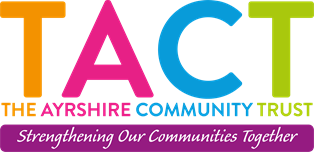As a follow on from your organisation’s volunteer recruitment plan, a well planned selection and screening procedure is an important process to get right. This process will allow you to match the needs of your organisation with the needs and skills of the volunteers. It will also prevent a volunteer from being placed in a role that does not match their expectations, or that they are ill-equipped to fulfil – which could lead to an unhappy and unproductive experience for everyone.
Screening also ensures that your group or organisation is fulfilling its legal obligation to protect any children or vulnerable adults that your volunteers may work with.
Key Points:-
- keep it simple; try to keep the process for your organisation the same for all volunteers
- keep it straightforward and appropriate for the roles within your organisation
- make it clear from the outset if volunteers require to be disclosure checked for their role and if references are required
- look at what will help to draw out the best from your volunteers and ways to make it a fair process
- if possible, try to steer away from the more formal approach of application and interviews. There are many methods you can use, so it is worth investing time to make the process accessible and suitable to your organisation
Gathering an applicant’s information
Usually when recruiting paid staff, organisations seek to gather information via an application form. For volunteers, unless you are truly filtering your applications and it is a competitive process, then you should always keep the process simple and preferably face to face. On a practical basis, a form is usually needed to collate the information you need to know about the volunteer, but it is much better to harvest this information during a discussion with the volunteer rather than just mailing them a form and asking them to return it to you – after all, they just might not bother.
If you decide to have an application form as part of the process, consider the following:-
- do not let the form be the first thing a volunteer sees, but include it in a pack of interesting information about your organisation and the roles
- think about what information you need and why and about what you can ask them when you meet them. Normally you should not need to ask about age or qualifications
- equal opportunities – if you need to ask specific personal questions, explain why you need them and include this on a separate sheet
- think about layout and language. Try and use plain English and consider how the layout of your form will be interpreted by individuals who do not have English as their first language or that have a visual impairment
- avoid adapting existing application forms for paid jobs
